Special Report: The design story behind the Moto 360
 Saturday, September 6, 2014 at 8:18PM
Saturday, September 6, 2014 at 8:18PM 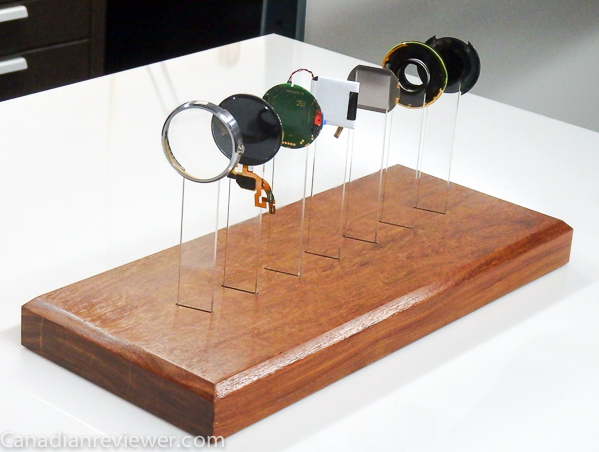
Text and photos by Gadjo Cardenas Sevilla
Chicago: Motorola is no stranger to the wearables market. It actually pioneered the health tracker segment a few years ago with their MOTOACTV device, which focused mostly on music playback, health and exercise. When the company decided to create a smart watch ( a term their designers seem to dislike), they went back to the drawing board and looked into what a traditional timepiece had to offer.
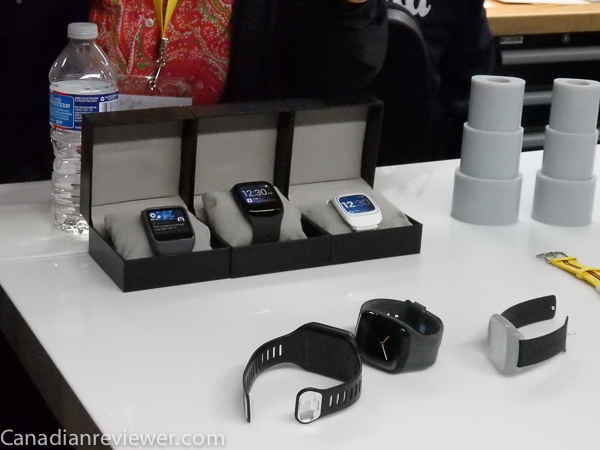
I've often said that wearable makers, and specifically smart watch manufacturers, should and look at the wealth of design and practical solutions found in their analog counterpart's experience. It seems the design team at Motorola had the same idea in mind. Why reinvent something as evolved and mature as a wristwatch, when you can use the collective knowledge of the watch industry.
Early prototypes of what would become the Moto 360 are all recognizably square or squircle-shaped, which aren't any different from what Sony, LG and Samsung have already shipped. Motorola realized the square shape was not the best way to go in designing a singular product that would have to fit a wide range of wrist sizes.
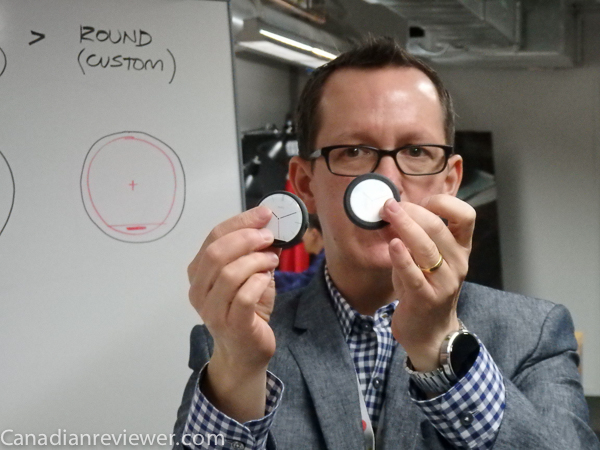
Motorola went back to the classic ideal of a timepiece, a circle with a band and started from there in order to develop the Moto 360.
Following this path was not the easiest and presented various problems along the way but Motorola's industrial design and engineering teams were undaunted. "We went to Baselworld to immerse ourselves in the world of fine timepieces," said Design director Dickon Isaacs.
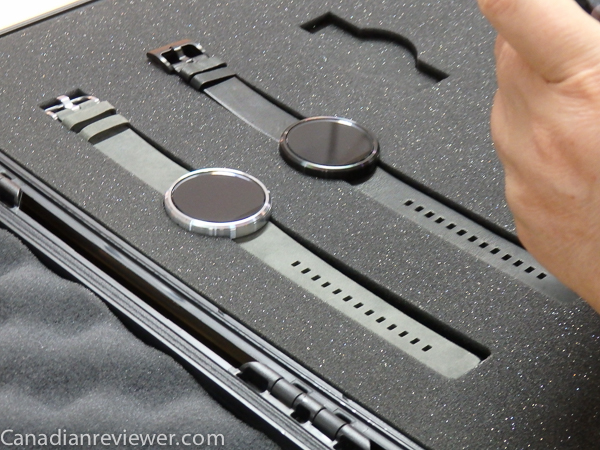
It was after studying the Crème de la Crème of the watchmaking industry that Motorola decided to go for the premium look and feel, quality materials and deep attention to detail.
Motorola didn't set out to put technology on the wrist, they wanted to make a modern wristwatch, a timepiece in the truest sense of the word. This was their priority, so it had to be in a reconizeable form that users would want to wear and they would let the technology flow into that container.
Google was a steady partner in developing the Moto 360 as Motorola was still owned by the big G. Google engineers and programmers working on Android Wear seem to also have gravitated towards the Moto 360 over the LG and Samsung offerings.
During our tour of Motorola's headquarters, Motorola's president and COO Rick Ohsterloh was asked what good the Moto 360 was without being connected to a smartphone. "First of all, it can tell time," Osterloh answered and then went on to explain the various features that were added in such as the pedometer and heart rate monitor.
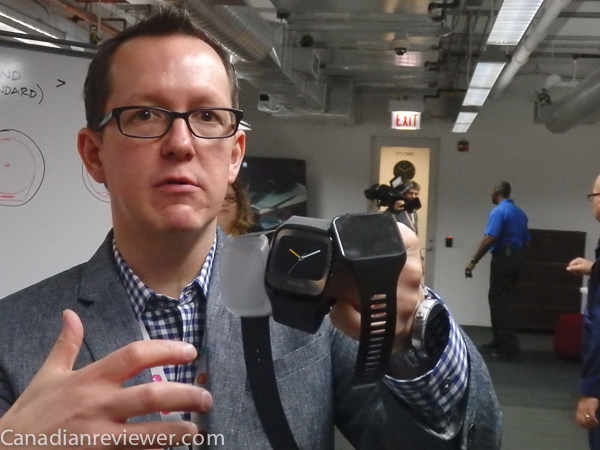
The journey from concept to prototype was equally ardous but Motorola's designers continued to refine the materials and the design of the circular smartwatch and settled on precision-milled stainless steel and plastic to create a robust yet lightweight watch.
For bracelets, they chose to partner with artisanal makers Horween Leathers which provide some of the richest leathers. The design team agonized over each detail which to observers, may seem unimportant. I got to see dozens of iterations for the one physical button that the Moto 360 has as well as the sculpted wireless charging dock that turns the Moto 360 into a nightstand clock.
Motorola's showed us how they can quickly create and prototype the parts and components of their devices with various levels of 3D printers that can create anything from rough drafts to accurate representations of pre-production models.
All of this is done in-house and under great scrutiny. The careful amount of detail this team dedicates to every aspect of the Moto 360, even in the design of the watchfaces, was evident as we toured their studios. Some of the facilities and printers were shielded and covered and we were told that they couldn't show us those displays, because they were working on the next version of their products.
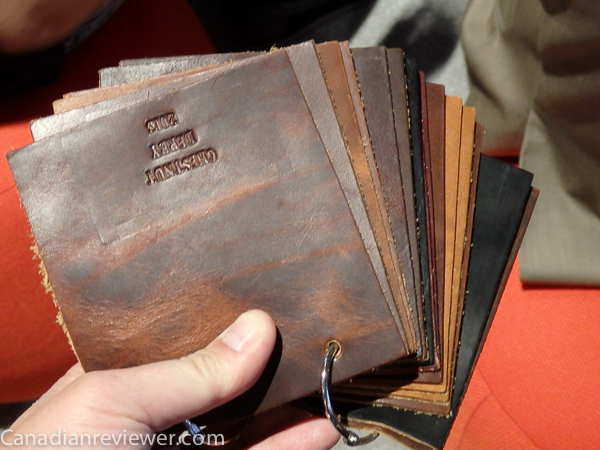
The Moto 360 will also be offered in shiny stainless steel models with metal bracelets that they expect to offer later in the year. They certainly approached the design, production and marketing of this product in the same capacity as a brand like Tag-Heuer or Omega would which is something we really didn't see with competing products.
Personally, as a watch aficionado and one who feels that the golden age of mechanical watch design peaked in the 60's and early 70's with the stunning Omegas, Rolexes and Tissots released at that period, I couldn't get excited about Samsung's Gear and LG's G watch offerings because they looked and felt uninspired. The Moto 360 was the one concept that got me excited, even early on when it was first announced.
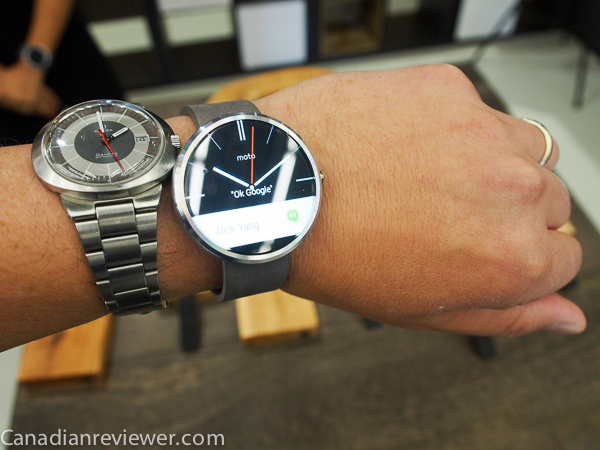 The Moto 360 next to the author's vintage Omega Geneve DynamicIt's obvious that Motorola didn't just choose a round design just to be different, it was a decision based on good design aesthetic and something that they feel other smart watch makers will eventually realize. Indeed, even LG, which initially rushed a ho-hum square smartwatch to market in time for Google I/O, has announced that the watch they really want users to have is the LG G watch Round, which is also circular.
The Moto 360 next to the author's vintage Omega Geneve DynamicIt's obvious that Motorola didn't just choose a round design just to be different, it was a decision based on good design aesthetic and something that they feel other smart watch makers will eventually realize. Indeed, even LG, which initially rushed a ho-hum square smartwatch to market in time for Google I/O, has announced that the watch they really want users to have is the LG G watch Round, which is also circular.
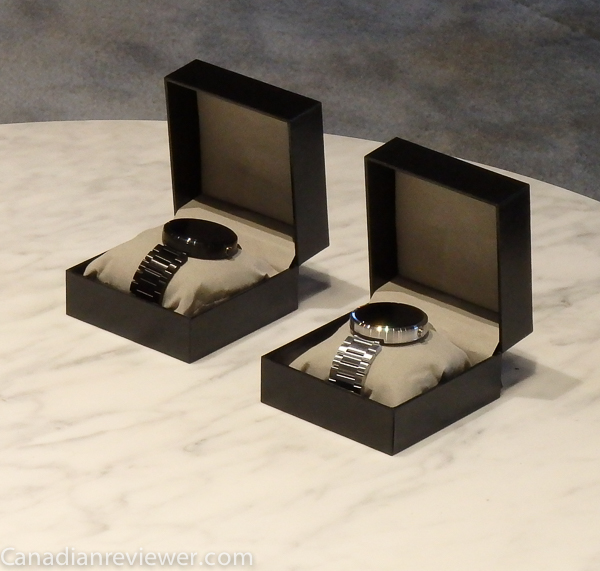
The Moto 360 may have come a bit late and this is likely because Motorola wanted to get it right and also because it plays an integral part in the experience of the new Moto X. I feel that this was really worth the wait and it looks like many others feel the same way.
To be fair, the Moto 360., like other Android Wear smart watches out there, is really just a container for the software and while I feel Android Wear has a very long way to go, the Moto 360 is an ideal container for this early stage in the wearables journey.




















Reader Comments